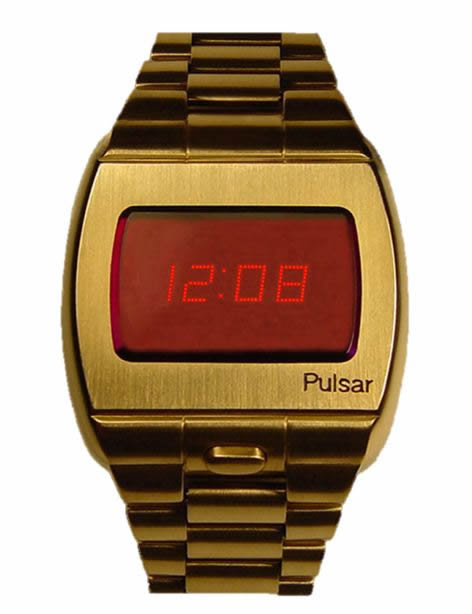Three interesting examples of IT solutions from Three Different Decades (Week 1)
Digital wristwatches (1970s)
Nowadays, we can't imagine our life without displays and digital timekeeping. Today digital watch is more like a personal computer, than just a simple device to count time. However, digital watches started out their way far from binary computing and batteries. And even long before texting, alarms, etc in wristwatches. Indeed, the first appearance of the digital display comes from the early 1800s. Though the trend and the hype of digital displays didn't truly stick until 1970s, with the advancement of electronic movements.
First "proto-digital watches"watches were mechanical and timed the reveal of new digits minute-by-minute without the use of hands. This hands-free approach was an enormous advancement in the market. By 1881 this technology experienced huge popularity in the United States and abroad. Unfortunately, these "proto-digital watches" could not keep up with the movement of traditional watch works. The problem of these watches was in the construction. Because of heavy discs carrying the digits, the movements on the Pallweber digital watches required more friction. Because of this issue, their winds couldn’t make it through 24 hours without being wounded again. So, unfortunately, despite the initial popularity of these proto-digital watches companies backed away from digital timekeeping. However, this was not the end of era for mechanical digital timekeeping.
In 1972 Hamilton released their revolutionary “Pulsar” design. These watches were sold at a surprising $2,100 (equivalent to about $12,000 today). By the end of the 70s electronic digital watches were selling for 10 dollars each, which was an affordable way to keep time. From that point on innovators like Seiko and Casio began developing their own proto-smartwatches. These pieces included things like calculators, cameras, and even built-in televisions. As we can see now digital wristwatch continued its' life into the 21st century.
LINUX (1990s)
Google Nexus (2010s)






Comments
Post a Comment